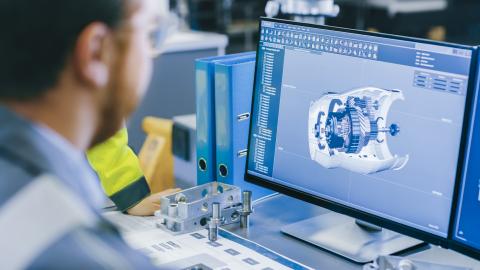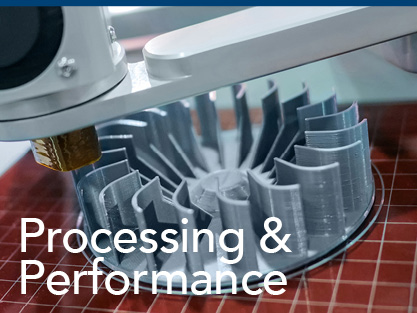High-energy x-rays can penetrate through thick metallic specimens – as much as an inch of steel, and can be used to characterize quantitatively the structure and mechanical behavior of every crystal within a failing sample in real-time, often with sub-crystal spatial resolution. Ideally, we are looking everywhere within the sample, all of the time.
High-energy x-rays can penetrate through thick metallic specimens – as much as an inch of steel, and can be used to characterize quantitatively the structure and mechanical behavior of every crystal within a failing sample in real-time, often with sub-crystal spatial resolution. Ideally, we are looking everywhere within the sample, all of the time.
The U.S. Navy is seeking to establish digital twin prototypes across the Fleet, which will require material processing data (residual stress and distortion) included in the input model to increase accuracy of the lifecycle analysis. This work will establish the evolution of residual stress across numerous steps throughout the fabrication process: incoming plate, post- machining, and post-welded assembly.

The Functional Materials Beamline is optimized to study the processing and properties of soft materials including nanoparticle-reinforced functional materials. These materials are emerging in a broad range of Air Force applications including new generations of low-cost, flexible, rugged, stretchable lightweight electronic devices and circuits.
Flexible functional materials can be used for lighting, in displays, and in solar energy collection and conversion devices that need to operate over curved surfaces that rigid devices and circuits cannot address. For example, flexible and wearable electronics based on organic materials will incorporate medical monitors and fitness sensors as well as power sources that convert body heat or motion into electricity.
Metals are by far the most widely employed Air Force material. Improving metallic alloys by understanding the connection between microstructure and mechanical performance and the evolution of microstructure during processing and service conditions is a primary goal of the AFRL materials directorate. Improved understanding of material response on a range of length scales would result in improved factors of safety and performance; deformation and damage models formulated on the microscale need to be formulated, validated, and calibrated with microscale data. The potential of new alloy processing operations, such as additive manufacturing, will only be realized if the structural integrity and mechanical properties of processed parts are improved.


